Lina Bo Bardi
“There is a pleasure in the victory and wonder of being simple.” Lina Bo Bardi
Lina Bo Bardi (born December 5, 1914, Rome, Italy–died March 20, 1992, São Paulo, Brazil) was an Italian-born Brazilian architect, furniture designer, set designer, journalist and activist. Her work combines a Modernist approach with a strong commitment to the preservation of the vernacular and a design process guided by social responsibility.
Born in Rome in 1914, Lina was drawn to art and architecture from an early age. While her parents were necessarily receptive to her interest, she nevertheless pursued her vision. She enrolled at the College of Architecture in Rome where she would graduate in 1939. Next, she moved to Milan where her and fellow architect Carlo Pagani would found Studio Bo e Pagani.
In 1941, Bardi collaborated with Italian designer Gio Ponti at Studio Bo e Pagani. The two worked together at Lo Stile–nella casa e nell’arredamento, a magazine that Ponti had just started. So keen on this work, she decided to open her own independent practice. Unfortuanelty, only a year later on July 19th, 1943 her studio was destroyed by allied bombers who launced an air raid on rome. She was forced to temporarily close her practice. She was offered the opportunity to become deputy director of Domus magazine and she took it (1944-1945). At Domus she collaborated with Pagani and photograohed Frederico Patellani. The trio were addigned to document the impact of World War II on Italy. The previous bombing of her studio deeply traumatzed her yet she embraced the assigment and their work was published of their findings and views.
In 1946, Bardi moved back to Rome. She met Pietro Maria Bardi, a successful art dealer, gallery director and critic. The two would go on to marry. The newlyweds decided to travel to Brazil in October of the same year, searching for new opportunities since the pressures of the postwar government in Italy had become increasingly hostile. Not to mention that they had been linked to the resistance and had close ties to the earlier phases of the Mussolini regime.
Rio was their first destination and the location of Bardi’s new architectural practice. The couple had a friendly relationship with the influential Brazilian medi a magnant and art enthusiast, Assis Chateaubriand. In fact, Chateaubriand invited Pietro Mario Bardi to establish and direct the first modern art museum in Brazil. This connection proved to be highly beneficial to the newly immigrated couple.
The Museu de Arte de São Paulo (MASP) first opened to the public in 1947. It was housed in the same building of the offices of Assis Chateaubriand’s media business. Lina Bo Bardi designed the interior and did not disappoint. She created an innovative concrete and glass easel system which allowed for the paintings to be placed away from the walls.
The couple continued to pursue their various ventures. In 1950, they founded Habitat magazine. A publisher which centered around the idea of interiors being habitats that should maximize the human potential. The magazine quickly established its reputation and was known as one of the most influential architectural magazines in Brazil at the time. Bo Bardi served as editor until 1953. She continuously proved her work ethic, creativity and this only further proved the credibility as herself as a designer. Brazil had proven to her to be a culture in which she had the freedom to express and reinterpret Italian Rationalism through the vernacular of the Brazilian landscape.
In 1958, Lina moved to Sao Salvador, a neighborhood of Bahia where she lived for five years. This area was known to be the poorest and most desolated part of Brazil. The governor requested that she relocate in order to direct the MAM BA (Museum of Modern Art in Bahia). She followed his orders and restored/converted the Solar do Unhão into a museum. This isn’t her only work with museums. Her next venture involved the Museum of Popular Art at Unhão where she developed plans to create the Centre for the Study and Practice of Artisan Crafts and the School of Industrial Design. In 1964, there is a military coup and MAM BA is invaded by the military, forcing Bo Bardi to return to São Paolo.
One of her last efforts of her life was starting the SESC Leisure Centre-Pompèia Factory project with Vainer and Ferraz in 1977. It was completed in 1986 with the inauguration of the Sports Centre
In 1992, Lina Bo Bardi passes away in the Glass House (Casa de Vidro).
Important Architectural Works
The Glass House by Linda Bo Bardi. Photographed by Edu Ortega.
While Bo Bardi was teaching industrial design at the MASP, she began to create one her landmark designs: The Glass House (Casa de Vidro). The lot chosen for the project was formerly a tea farm on the side of a hill in the Morumbi neighborhood in São Paolo.
The contemporary home is similar to both Mies van der Rohe’s and Philip Johnson’s Glass Houses. The main difference being that Bo Bardi’s design sits half on solid group and the other half suspended, elevated and supported by slender stilts below. This approach allows for surrounding lush vegetation to integrate with the structure.
Notable Furniture Design
Lina Bo Bardi rare Bowl chair, Italy / Brazil, 1951
Lina Bo Bardi Tripod chairs, designed in 1948 at Casati Gallery
Rocking Chair by Lina Bo Bardi, 1948
'Chair with Brass Balls' by Lina Bo Bardi, 1951
Produced in a limited run of six for her private residence. (Image credit: press)
The 'MASP 7 de Abril' folding chair was designed in 1947 for the iconic MASP building in Sao Paulo, featuring Jacarandá, a local rosewood, and leather. The 'MASP 7 de Abril' folding chair was inspired by circus chairs, and used in the museum's auditorium. (Image credit: press)
Pair of pine wood chairs designed by Lina Bo Bardi, Marcelo Ferraz and Marcelo Suzuki, Brazil 1980. Created for the center SESC Pompeia in Sao Paulo. Manufactured by Lina Bo Bardi. source.
Sesc Pompeia. Photo: Ciro Miguel
Stool by Lina Bo Bardi, 1950s. Photo: Bossa, 2021.
DISCLAIMER: THE MILLIE VINTAGE DOES NOT OWN ANY RIGHTS TO THESE PHOTOS. PLEASE NOTE THAT ALL IMAGES AND COPYRIGHT BELONGS TO THE ORIGINAL OWNERS. NO COPYRIGHT INFRINGEMENT INTENDED.

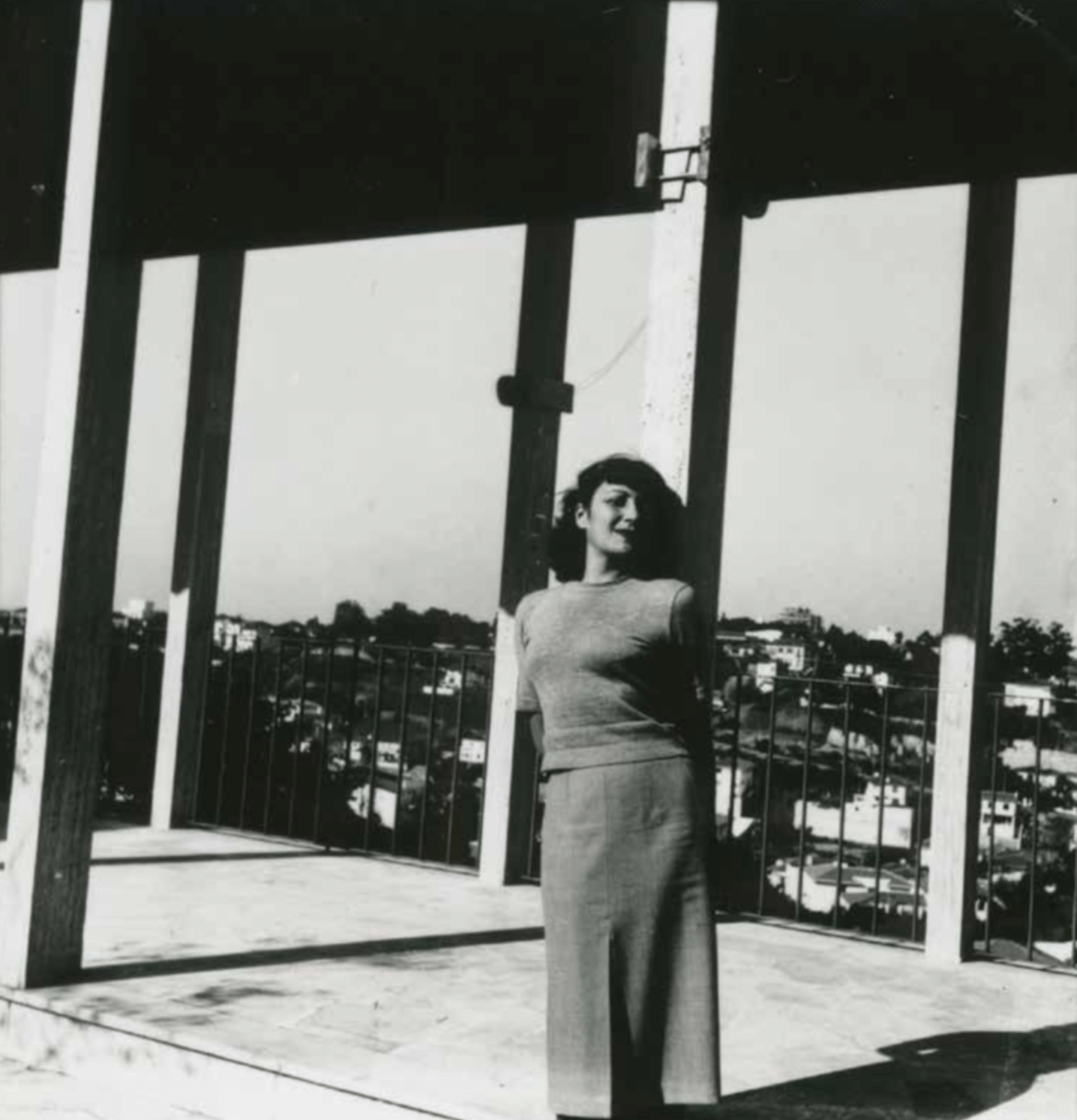
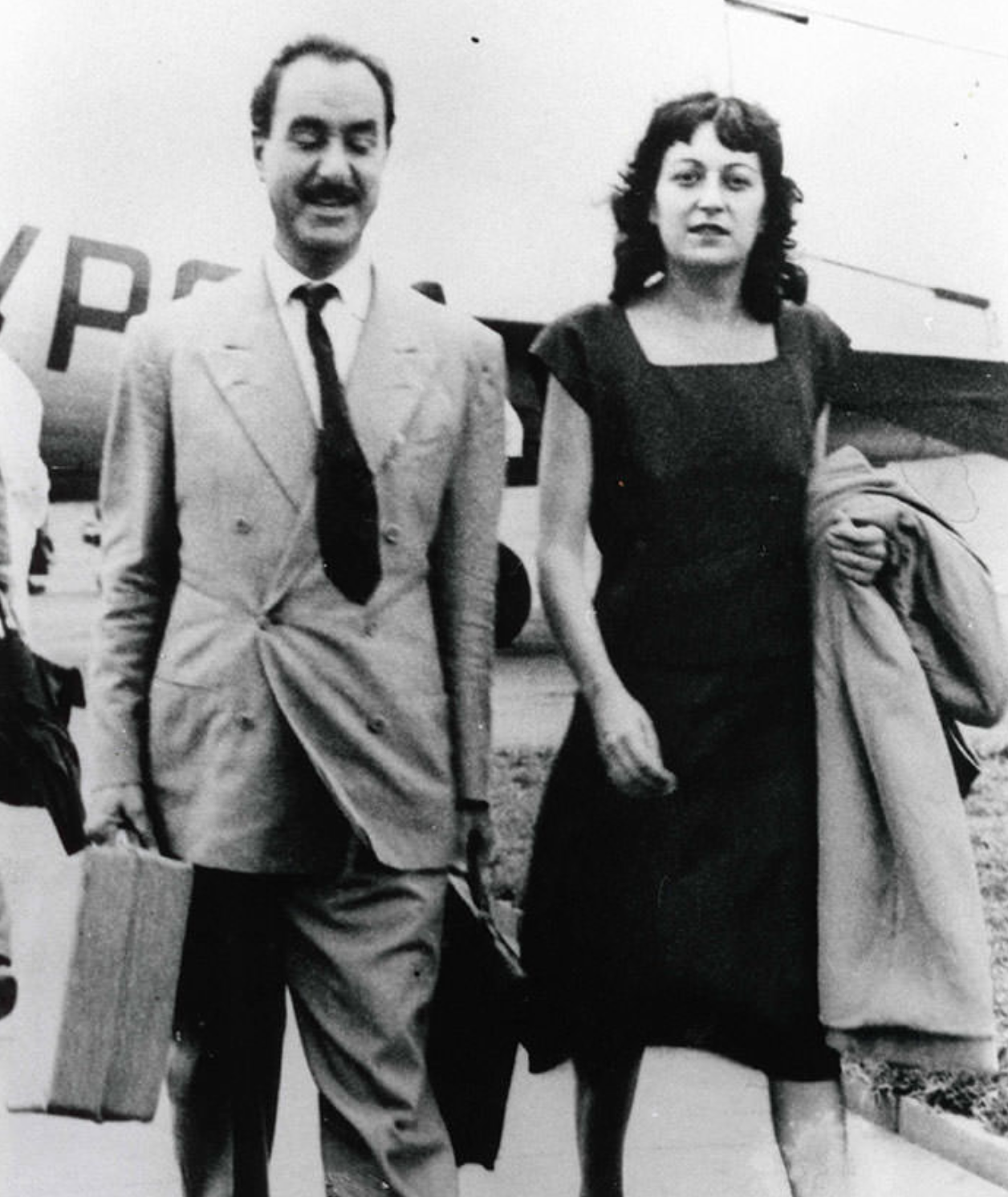


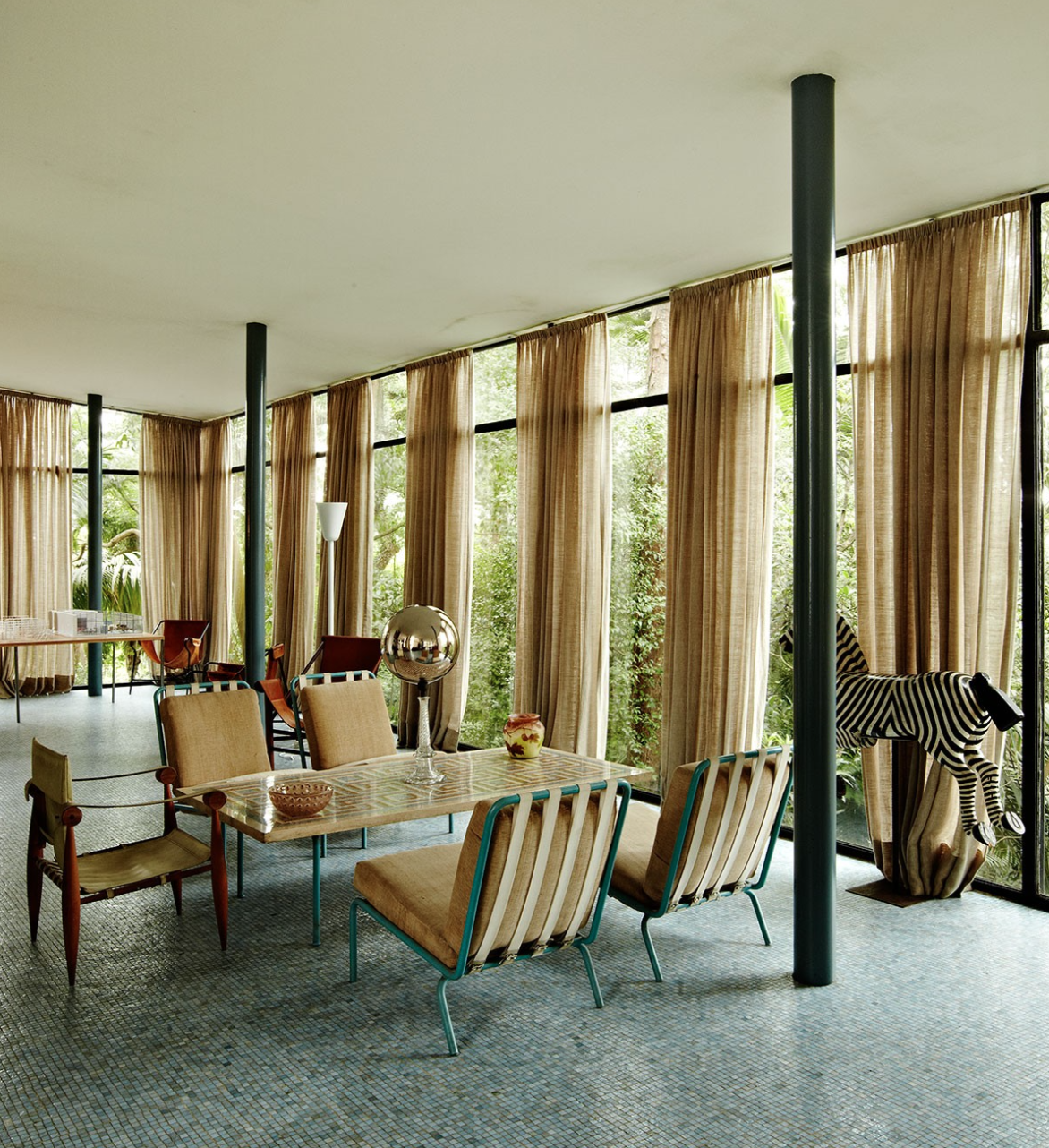
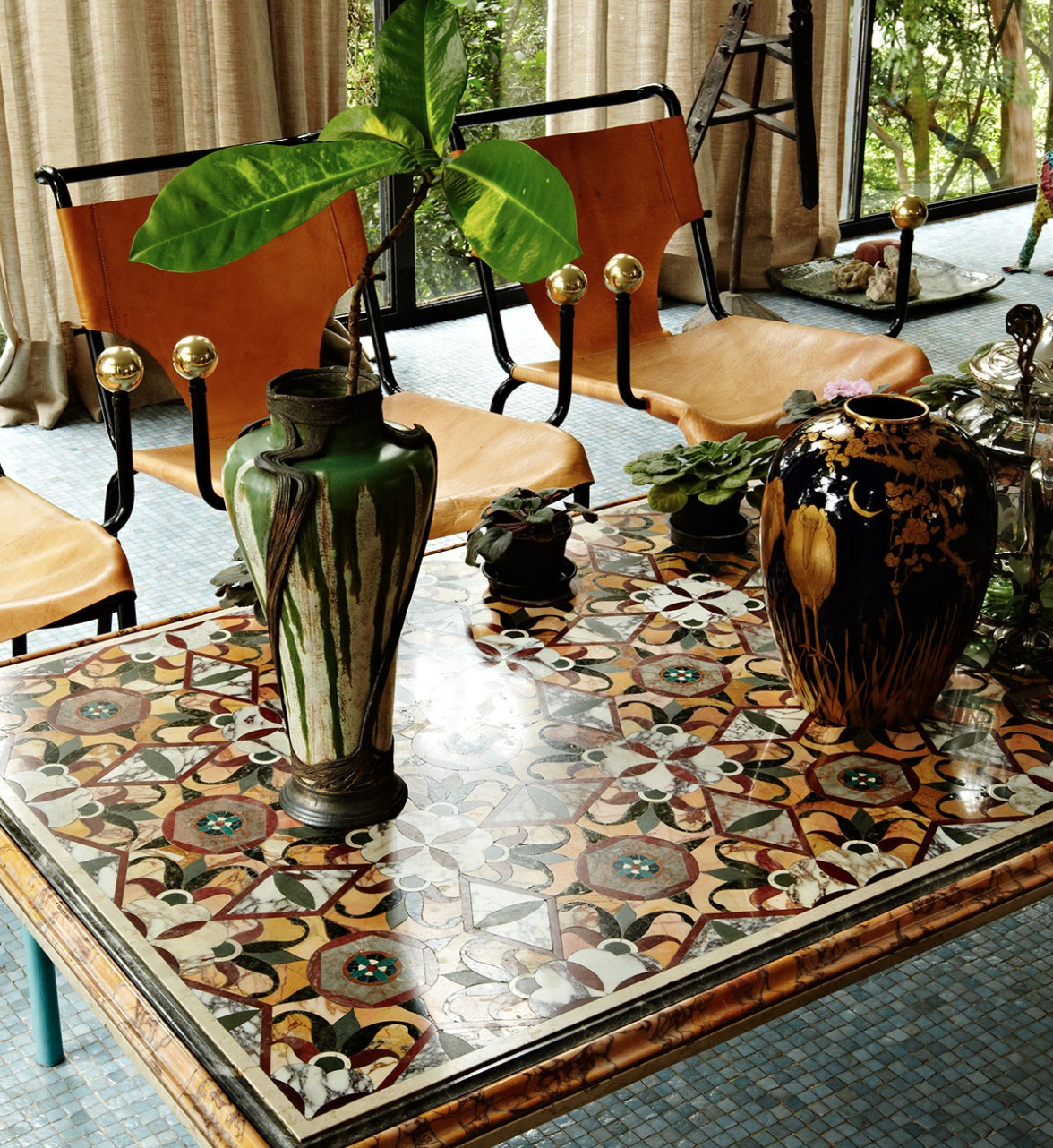


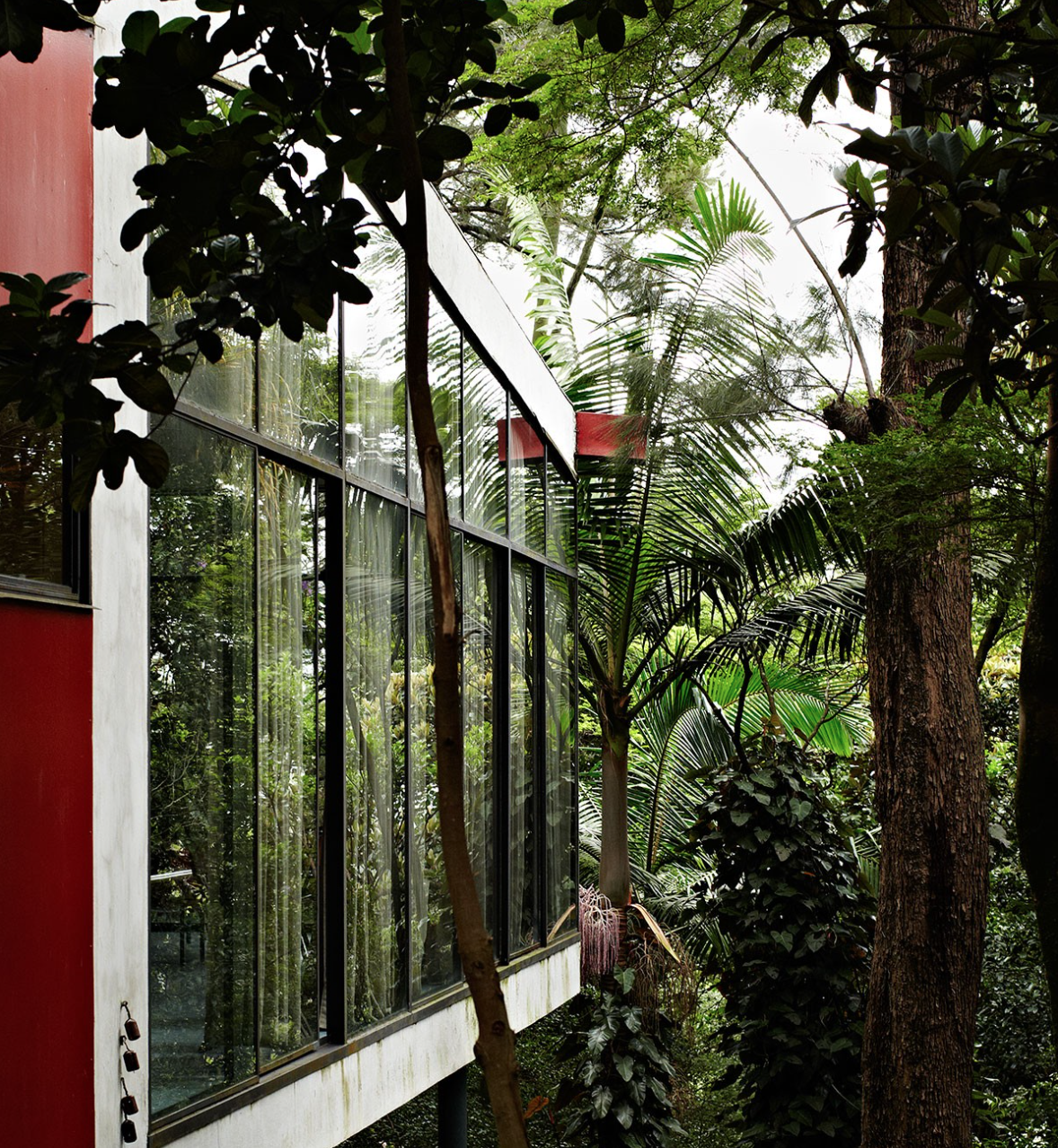









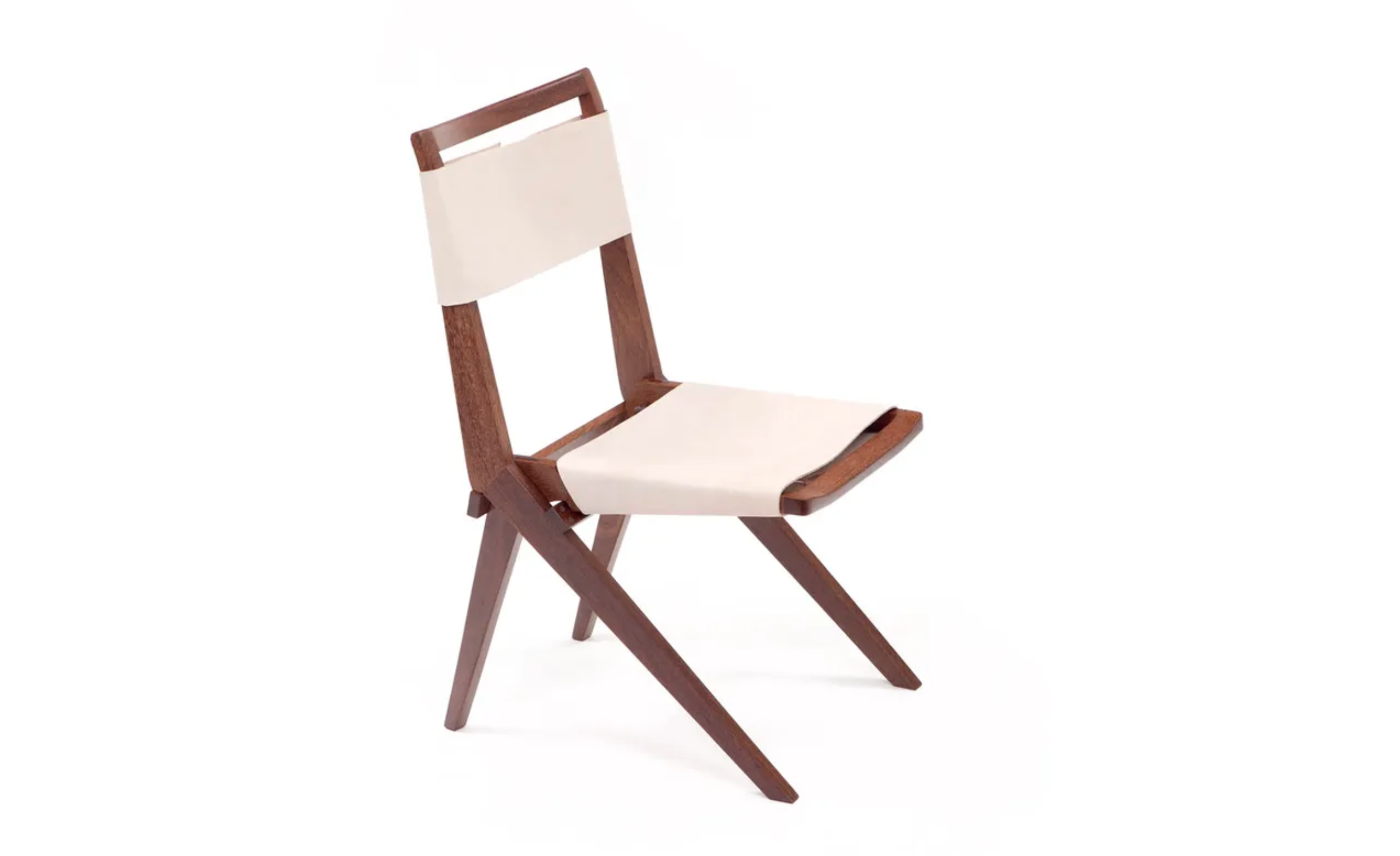
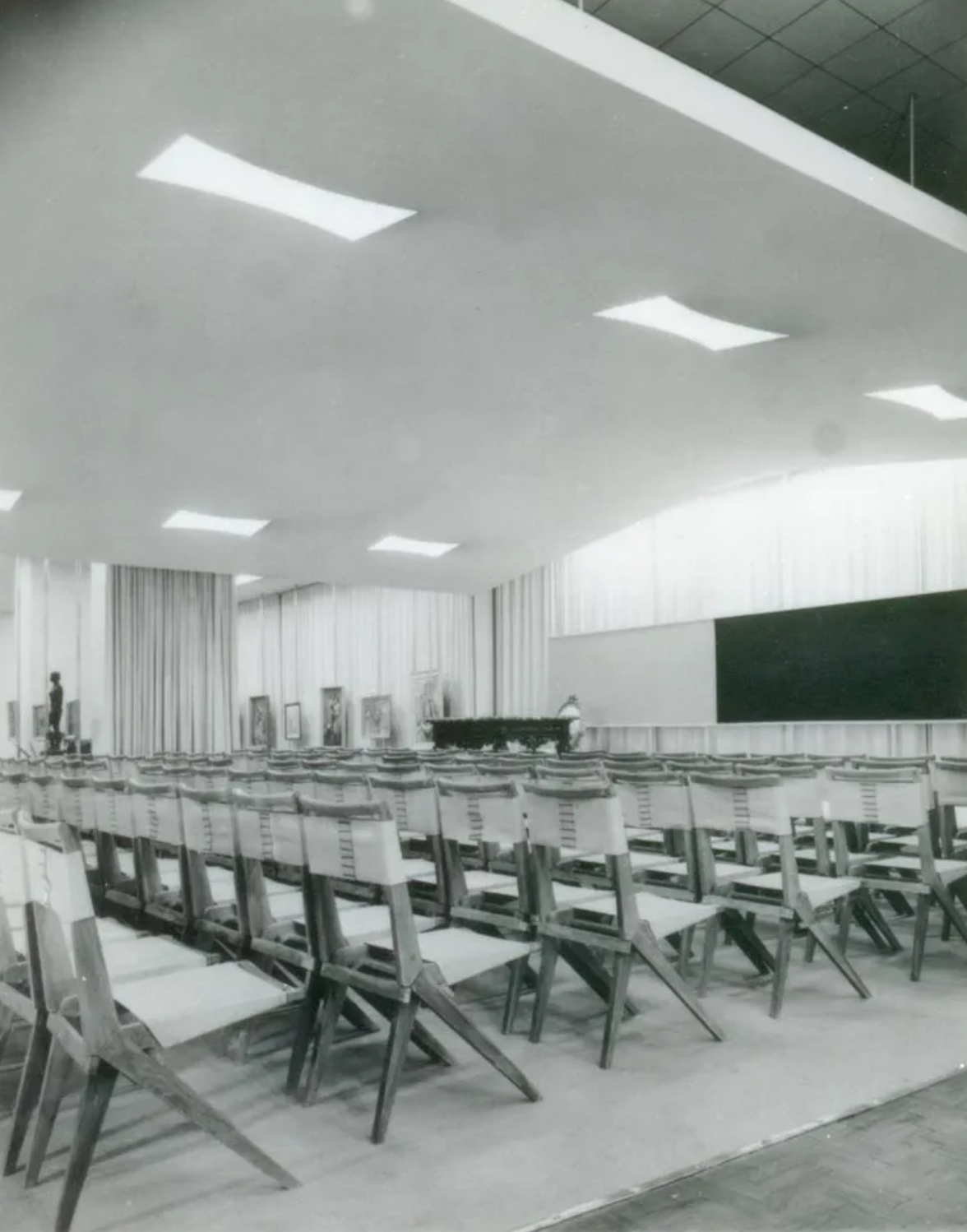
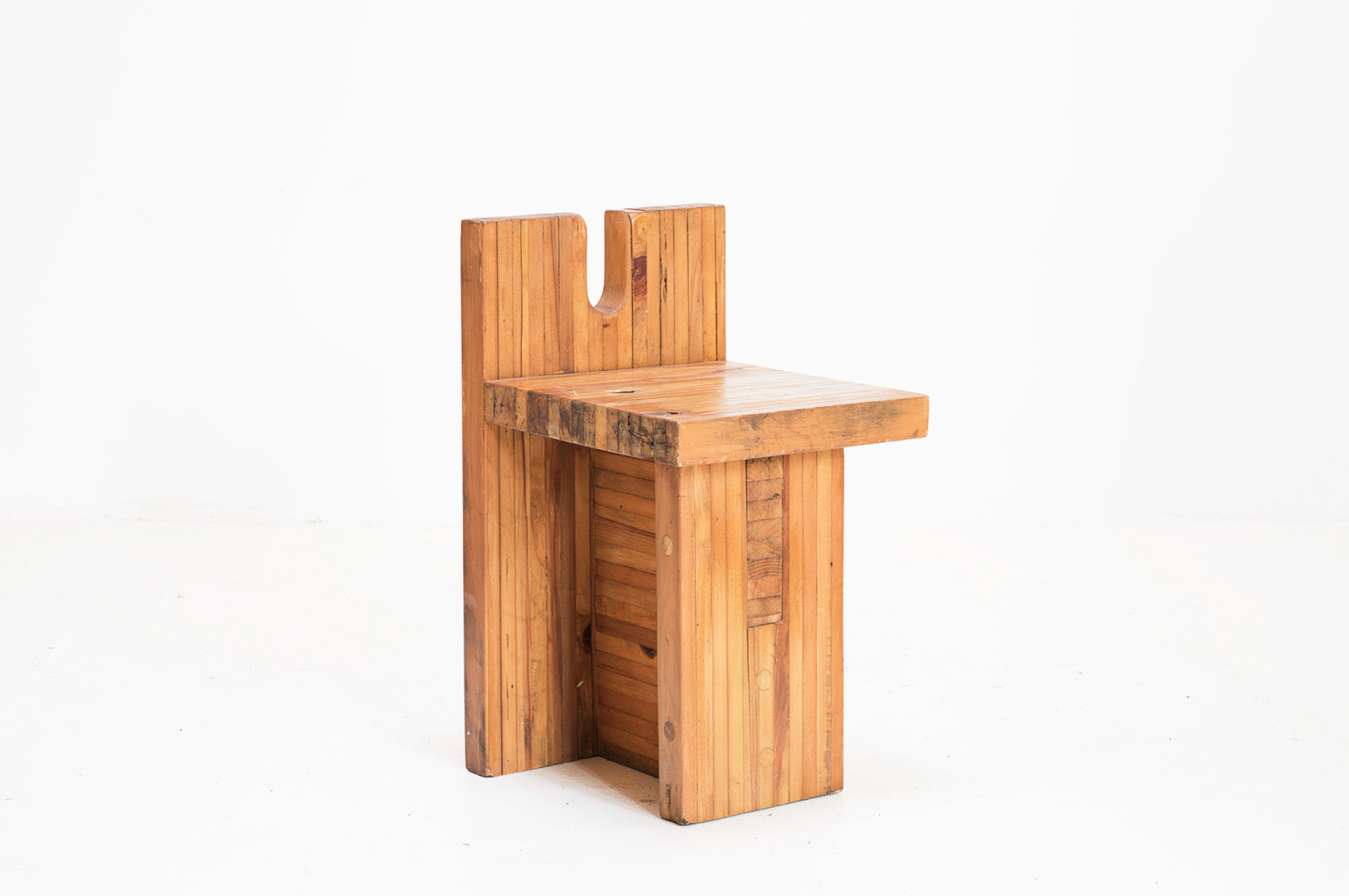
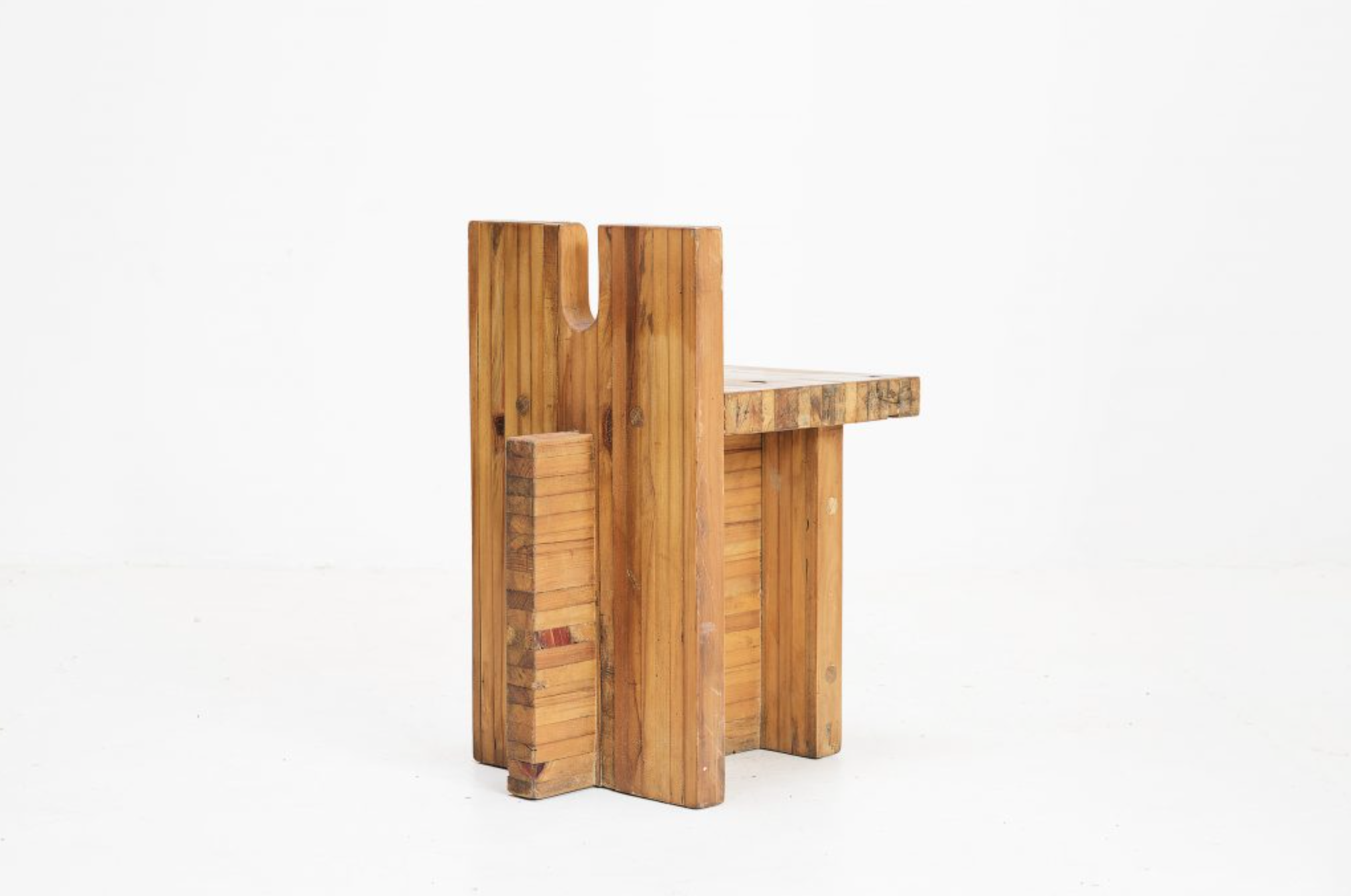











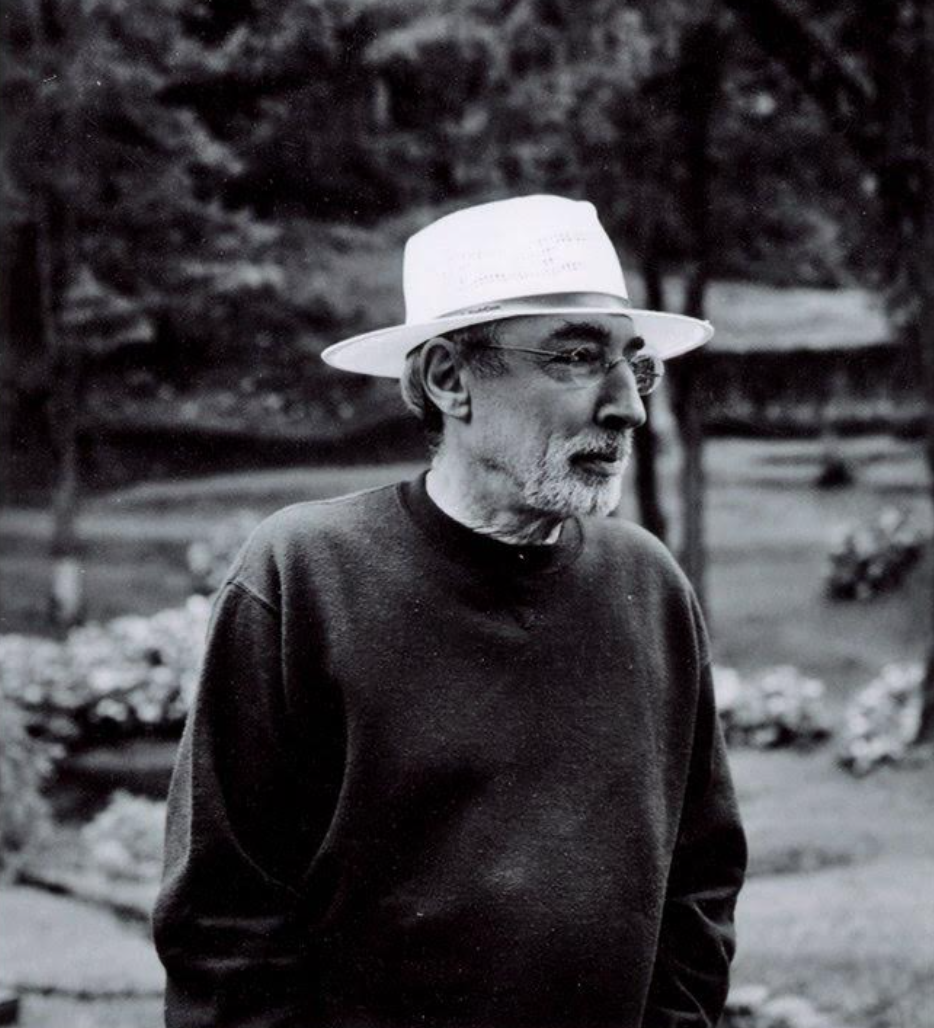

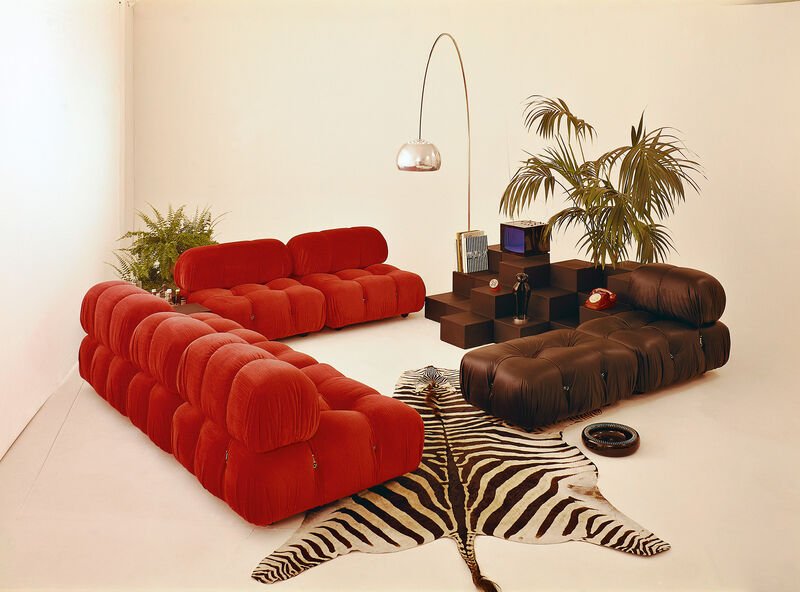




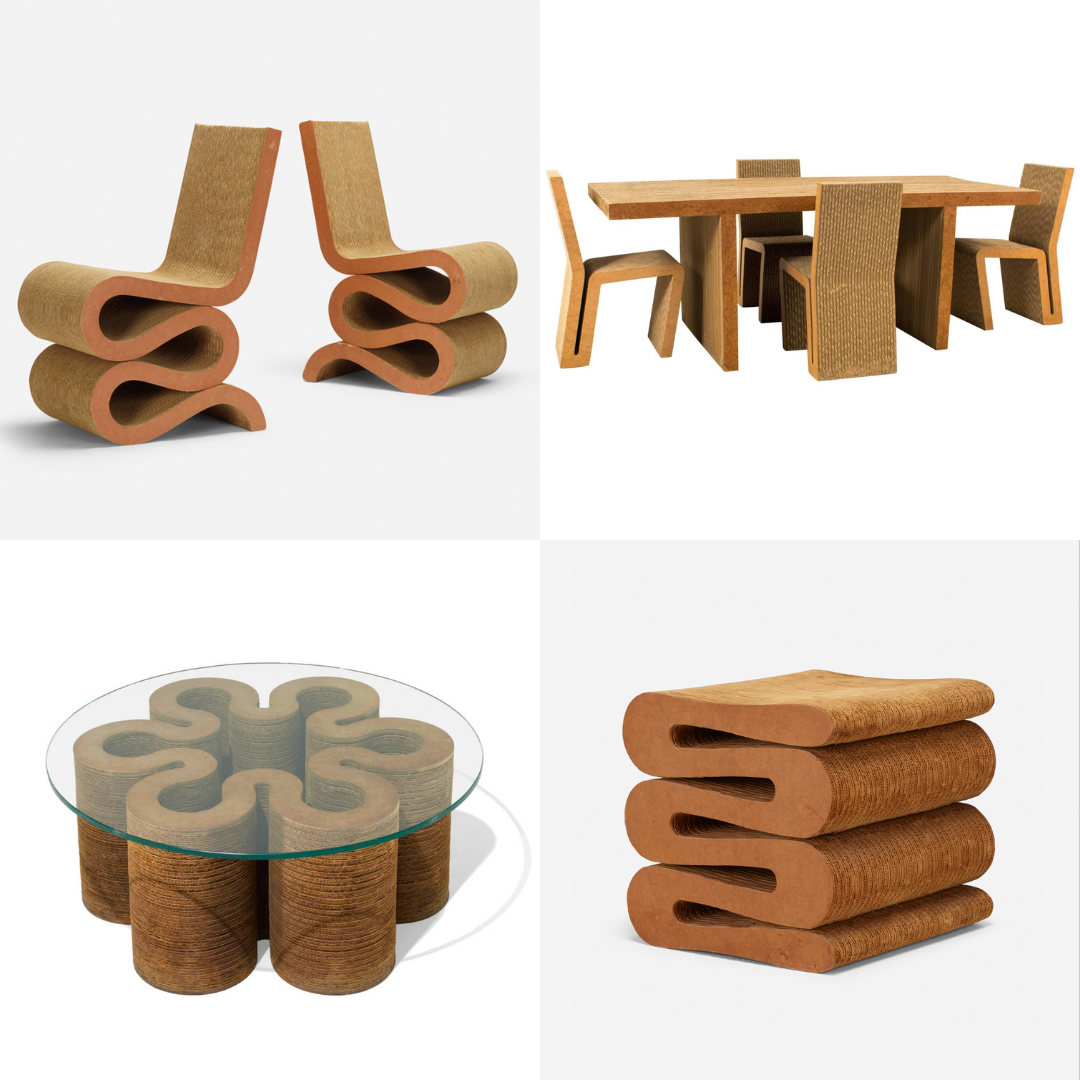





















It’s no surprise that celebrities have the ability to acquire some of the most rare and incredible pieces of design. We are thrilled to see faces we look up to, enjoying vintage design as much as we do.